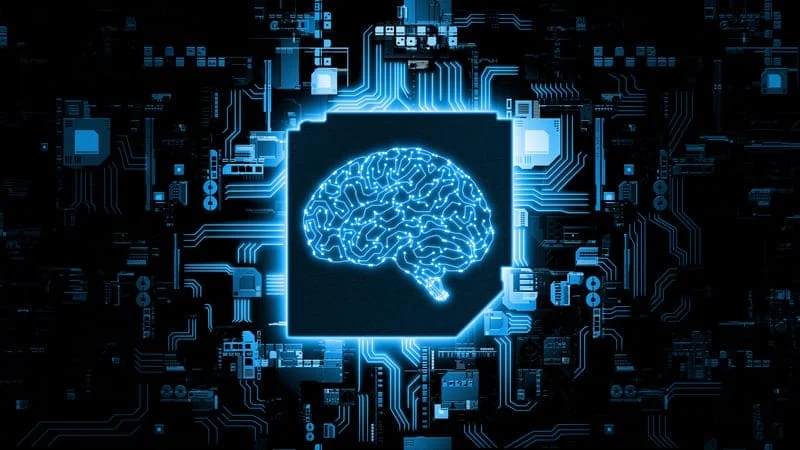What is the Software Life Cycle?
Binding Financial Agreements: The Details You Need to Know
5 Maggio 2022Onlayn Rulet Oyna Pulsuz Və Ya Real Pul Ilə Roulette77 Azerbaijan
8 Maggio 2022What is the Software Life Cycle?
Understand that larger systems may require longer maintenance as compared to smaller systems. Moreover, with time as the user needs to evolve, the software will require constant upgrades. In the maintenance phase of SDLC process, the development team will provide regular updates to the software. The implementation and integration phase continues till the system operates in production, in accordance with the defined user requirements in the requirement analysis and gathering phase of SDLC.
A decades-long goal has been to find repeatable, predictable processes that improve productivity and quality. Some try to systematize or formalize the seemingly unruly task of designing software. Large numbers of software projects do not meet their expectations in terms of functionality, cost, or delivery schedule – see List of failed and overbudget custom software projects for some notable examples. Other methodologies include waterfall, prototyping, iterative and incremental development, spiral development, rapid application development, and extreme programming.
What is the Software Development Lifecycle?
The software development lifecycle (SDLC) is the cost-effective and time-efficient process that development teams use to design and build high-quality software. The goal of SDLC is to minimize project risks through forward planning so that software meets customer expectations during production and beyond. This methodology outlines a series of steps that divide the software development process into tasks you can assign, complete, and measure.
- Other organizations may include steps for deconstructing, retiring and replacing software as well.
- Agile approaches software development in incremental cycles, called sprints.
- “Let’s get this closer to what we want.” The plan almost never turns out perfect when it meets reality.
- There are seven stages in the SDLC and six common models that are used for different projects.
- A number of international, national and industry standards describe processes and process models.
- In most cases, there is no escalation, error, or bug found in this stage of SDLC.
Vendors may have scrum masters and other practitioners available to guide development or deployment teams that deliver according to specific needs. Once the requirement is understood, the SRS (Software Requirement Specification) document is created. The developers should thoroughly follow this document and also should be reviewed by the customer for future reference.
Waterfall development
It provides details of the information-development and project-management processes and also presents aspects of strategic planning and translation management that managers apply. It covers management activities related to starting a project, building a team, and managing information through the translation and localization process. It addresses productivity software life cycle definition and quality measurements needed for management control. This document is independent of the software tools that may be used to produce or manage information for users and applies to both printed, embedded, and mobile information. Much of its guidance is applicable to information for users of systems of hardware as well as software, systems, and services.

The deployment phase includes several tasks to move the latest build copy to the production environment, such as packaging, environment configuration, and installation. When teams develop software, they code and test on a different copy of the software than the one that the users have access to. The software that customers use is called production, while other copies are said to be in the build environment, or testing environment. Hence, the Agile SDLC model has recently become increasingly popular and in demand.
Phase 3: Implement (or Code)
SRS is a reference for software designers to come up with the best architecture for the software. Hence, with the requirements defined in SRS, multiple designs for the product architecture are present in the Design Document Specification (DDS). After evaluating all the possible factors, the most practical and logical design is chosen for development. The information from this analysis forms the building blocks of a basic project.

The key is to find a balance between testing the most critical end-user features and not overanalyzing the software. Best Software Developers clearly knows the goals they need to meet and the deliverables they must achieve by a set timeline, lowering the risk of time and resources being wasted. Many of these systems rely on the agile method, because it can be very symbiotic with the nature of SDaaS. Because there’s so much interactivity and interoperability, the client can routinely interface with the support vendor in ways that promote good results.
Iterative
A copy of the RTM build known as the “gold master” or GM[13] is sent for mass duplication or disc replication if applicable. The terminology is taken from the audio record-making industry, specifically the process of mastering. RTM precedes general availability (GA) when the product is released to the public. A golden master build (GM) is typically the final build of a piece of software in the beta stages for developers. Typically, for iOS, it is the final build before a major release, however, there have been a few exceptions.

The requirement collection and analysis are performed by seniors and experienced members, and they do consult other stakeholders of the software project and domain experts to make an infallible plan. The SDLC provides a professional environment to the experts involved in building a digital product. The software development phases consist of all important documentation, technology, market research, budget analysis, and feasibility of the project. SDLC is a process followed for a software project, within a software organization.
Contents
Doomscrolling or doomsurfing is the term used to describe social media users habitually scrolling through their newsfeeds…

Software development life cycle (SDLC) is a series of steps that a team of software developers must follow to develop and maintain software. Pre-alpha refers to the early stages of development, when the software is still being designed and built. Alpha testing is the first phase of formal testing, during which the software is tested internally using white-box techniques.
The stages of SDLC are as follows:
At this stage, the team is confident it has fixed all defects and that the software has been built to the agreed-upon goals and specifications. The Software Development Life Cycle (SDLC) is basically a cost-effective process that is used to design and build good software. SDLC or Software Development Life Cycle is a blueprint for creating a software application. These companies may dedicate teams of individuals to managing the software lifecycle in a way that supports the client company based on discovery and participation. The sales department, software engineers and domain experts all collaborate to gather information about what the product should be, its purposes and how it is supposed to work.
